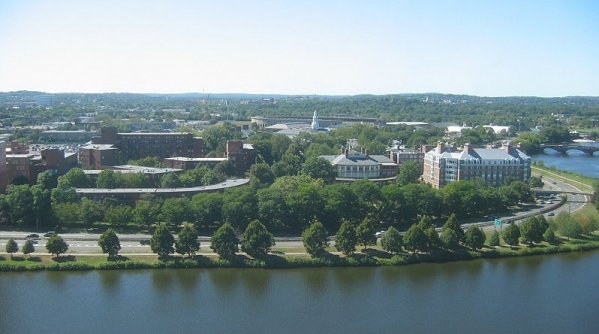https://www.harvard.edu
Description
Dating back to 1636, Harvard University is the oldest university in the US and is regarded as one of the most prestigious in the world. It was named after its first benefactor, John Harvard, who left his library and half his estate to the institution when he died in 1638. The private Ivy League institution has connections to more than 45 Nobel laureates, over 30 heads of state and 48 Pulitzer prizewinners. It has more than 323,000 living alumni, including over 271,000 in the US and nearly 52,000 in 201 other countries. Thirteen US presidents have honorary degrees from the institution; the most recent of these was awarded to John F. Kennedy in 1956. Faculty members who have been awarded a Nobel prize in recent years include chemist Martin Karplus and economist Alvin Roth, while notable alumni who were given the honour include former US vice-president Al Gore, who won the Peace Prize in 2007, and poet Seamus Heaney, who was a professor at Harvard from 1981 to 1997. Situated in Cambridge, Massachusetts, Harvard’s 5,000-acre campus houses 12 degree-granting schools in addition to the Radcliffe Institute for Advanced Study, two theatres and five museums. It is also home to the largest academic library in the world, with 20.4 million volumes, 180,000 serial titles, an estimated 400 million manuscript items, 10 million photographs, 124 million archived web pages and 5.4 terabytes of born-digital archives and manuscripts. There are more than 400 student organisations on campus, and Harvard’s medical school is connected to 10 hospitals. The university receives one of the largest financial endowments of any higher education institution in the world; it created $1.5 billion in the fiscal year ended June 2013 – more than a third of Harvard’s total operating revenue in that year. Harvard’s official colour is crimson, following a vote in 1910, after two student rowers provided crimson scarves to their teammates so that spectators could differentiate the university’s team during a regatta in 1858.
Specific details
Location
Massachusetts Hall, Cambridge, Massachusetts, 02138, United States






